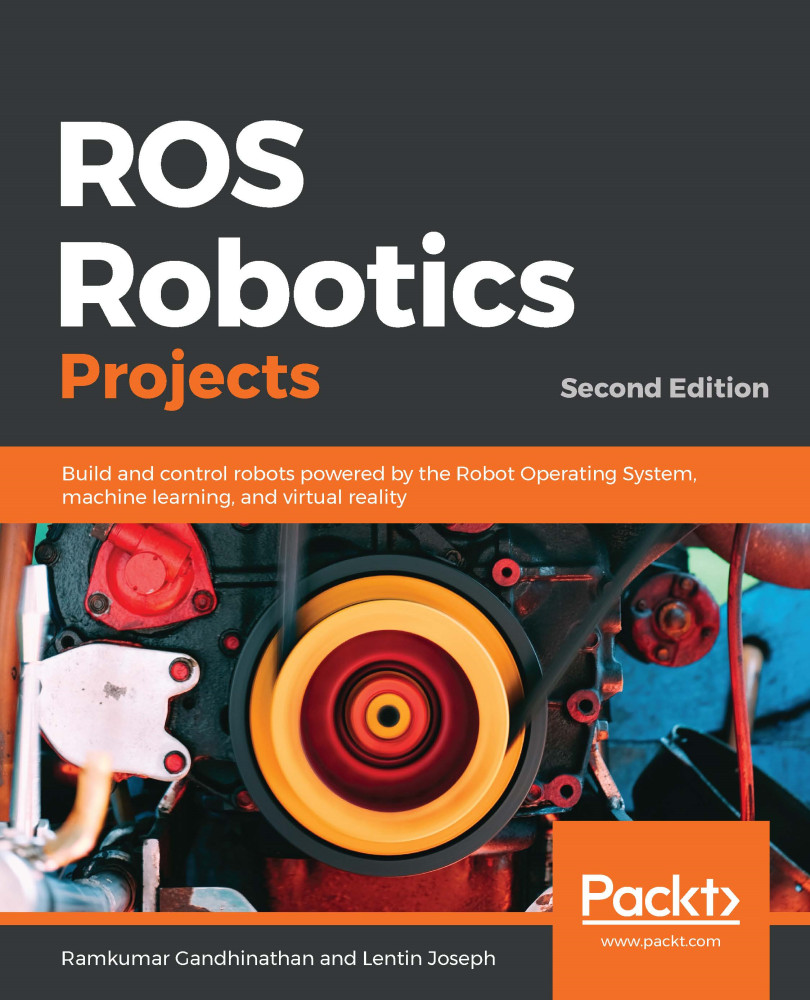The following diagram shows the important components of a self-driving vehicle. The list of parts and their functionalities will be discussed in this section. We'll also look at the exact sensor that was used in the autonomous car for the DARPA Challenge:

Important components of a self-driving car
Let's look at the important components starting with the GPS, IMU, and wheel encoders.

































































